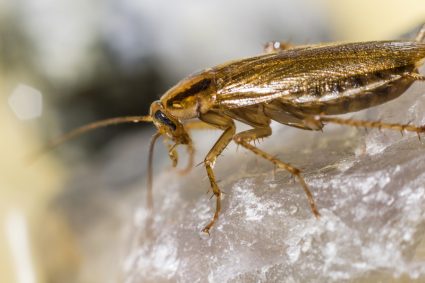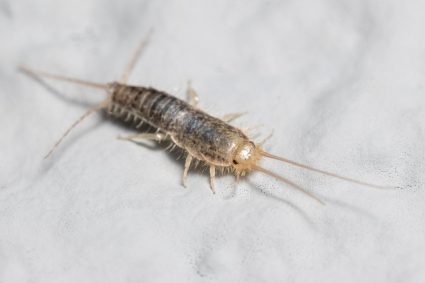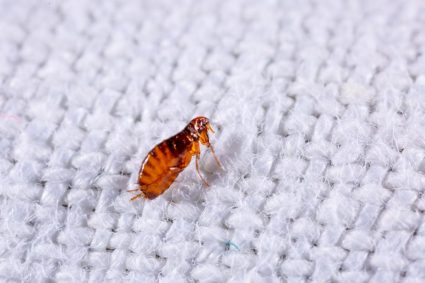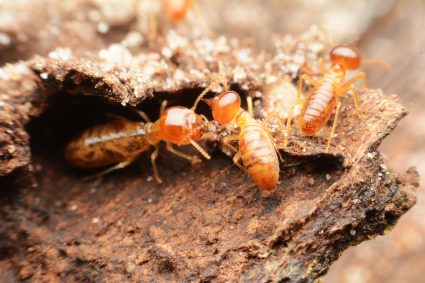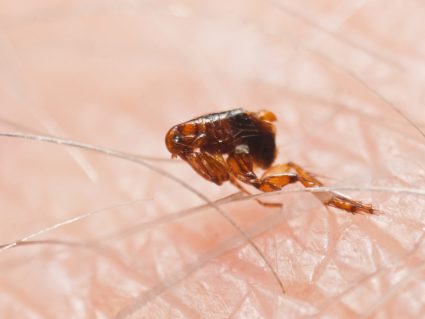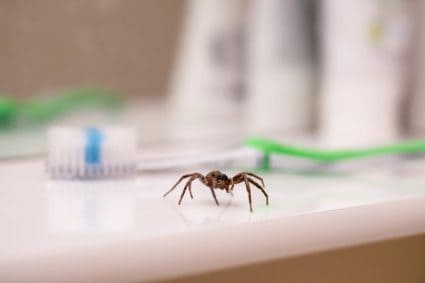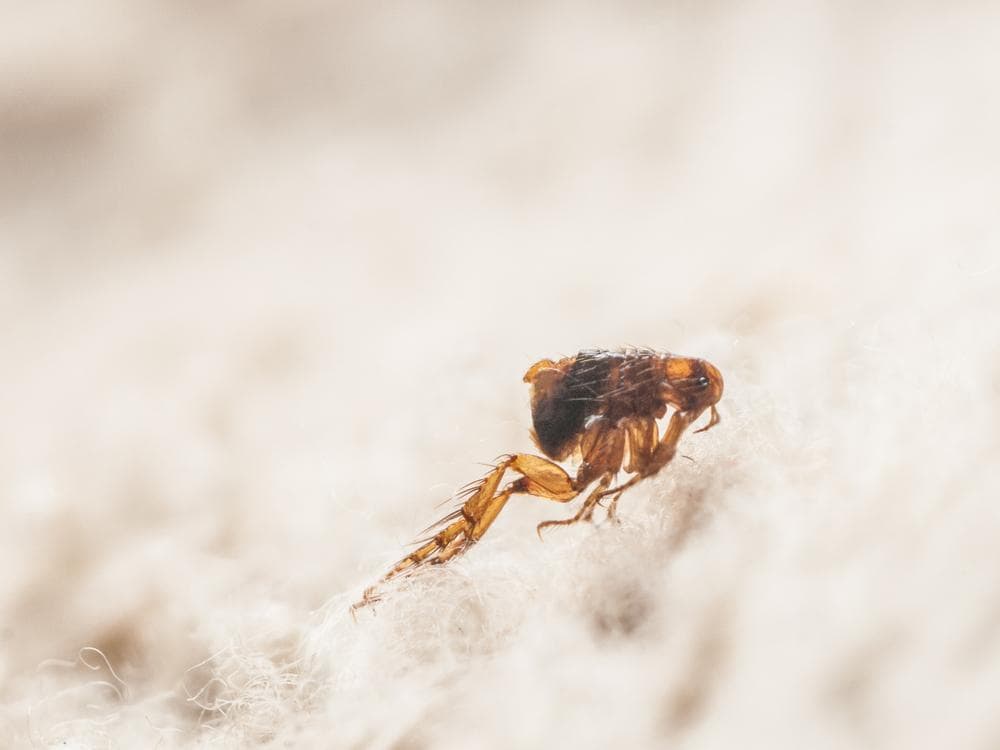
Fleas are a common pest that can infest a variety of animals, including our adorable little hamsters. These tiny parasites not only cause discomfort and itching, but they can also lead to health complications if left untreated. In this comprehensive guide, we will delve into the process of treating fleas on hamsters, covering everything from identifying the problem to preventive measures.
Treating fleas on hamsters involves identifying the infestation through signs like persistent itching, hair loss, and visible fleas. Effective treatments include using a flea comb to remove adult fleas, applying vet-prescribed flea treatments like Selamectin or Fipronil, and thoroughly cleaning the hamster’s cage. Other household pets should also be treated for fleas. Prevent future infestations by regularly cleaning the cage, checking your hamster for fleas, treating all pets for fleas, and keeping your home clean. In severe cases, seek professional help. Always consult a veterinarian before using any flea treatment.
Identifying a Flea Infestation
Before we can treat an infestation, we must first identify it. Here are the key signs that your hamster may be suffering from a flea infestation:
- Persistent itching and scratching
- Hair loss
- Sore or swollen spots on the body
- Presence of flea dirt (brown/black specks) in the fur
- Visible fleas on the hamster’s body
Regularly examining your hamster’s fur can help you spot an infestation early. Using a flea comb, gently part your hamster’s fur and examine the base of the hair shafts. You may see fast-moving specks that jump around, which are likely fleas.
Risks and Dangers of Flea Infestation
Flea infestations can pose several risks to hamsters, including:
- Skin damage, due to severe skin irritation leading to excessive scratching and biting
- Infections, caused by open wounds from scratching
- Anemia, from significant blood loss due to a heavy flea infestation
- Spread of fleas to other household pets and even humans
Effective Treatments for Fleas on Hamsters
If you’ve identified a flea infestation, it’s time to treat it. Here are the most effective treatments for fleas on hamsters:
- Flea Comb: This tool can be used to gently comb your hamster’s fur, removing adult fleas.
- Flea Treatments: Products such as Selamectin or Fipronil can be prescribed by a veterinarian and are safe for hamsters.
- Cage Cleaning: Clean your hamster’s cage thoroughly, removing all bedding and replacing it with fresh material.
- Treatment of Other Household Pets: If you have other pets in your home, they should be treated for fleas as well to prevent further infestations.
Please remember to consult a veterinarian before using any flea treatment on your hamster. They can provide specific recommendations based on your pet’s needs and the severity of the infestation.
Preventing Future Flea Infestations
Preventing future infestations is as important as treating the current one. Here are some steps to help keep your hamster flea-free:
- Regularly clean and disinfect your hamster’s cage.
- Regularly examine your hamster’s fur for signs of fleas.
- Treat all other pets in your home for fleas.
- Keep your home clean, vacuuming regularly and washing all pet bedding.
- Regularly take your hamster to the vet for health check-ups.
Professional Help for Treating Fleas on Hamsters
If your hamster has a severe flea infestation, it’s advisable to seek professional help. A veterinarian can prescribe specific flea treatments that are safe and effective for your hamster.
In conclusion, while flea infestations in hamsters can be distressing, they can be effectively treated and prevented. By being proactive about flea prevention and regularly checking your hamster for signs of fleas, you can ensure that your adorable little pet leads a comfortable and healthy life, free from the discomfort of flea infestations.
Frequently Asked Questions
Can I use dog or cat flea treatments on my hamster?
No, you should not use dog or cat flea treatments on hamsters. These treatments are often too strong and can be harmful or even fatal to hamsters. Always consult a veterinarian for the appropriate treatment.
How often should I clean my hamster’s cage to prevent flea infestations?
It’s recommended to clean your hamster’s cage at least once a week. This includes removing all bedding and replacing it with fresh material, and wiping down the cage with a pet-safe disinfectant.
Can a flea infestation cause my hamster to lose weight?
Yes, a severe flea infestation can cause weight loss in hamsters. This is often due to the hamster’s discomfort and stress, which can lead to decreased appetite and activity levels.
What should I do if I see fleas in my hamster’s cage but not on my hamster?
If you see fleas in your hamster’s cage but not on your hamster, it’s still important to treat both your hamster and the cage. Fleas can easily jump from the cage onto your hamster, causing an infestation.
Can I use home remedies to treat fleas on my hamster?
While some home remedies may help to deter fleas, they are typically not as effective as veterinary-prescribed treatments. Always consult with a veterinarian before trying any home remedies for flea treatment.


